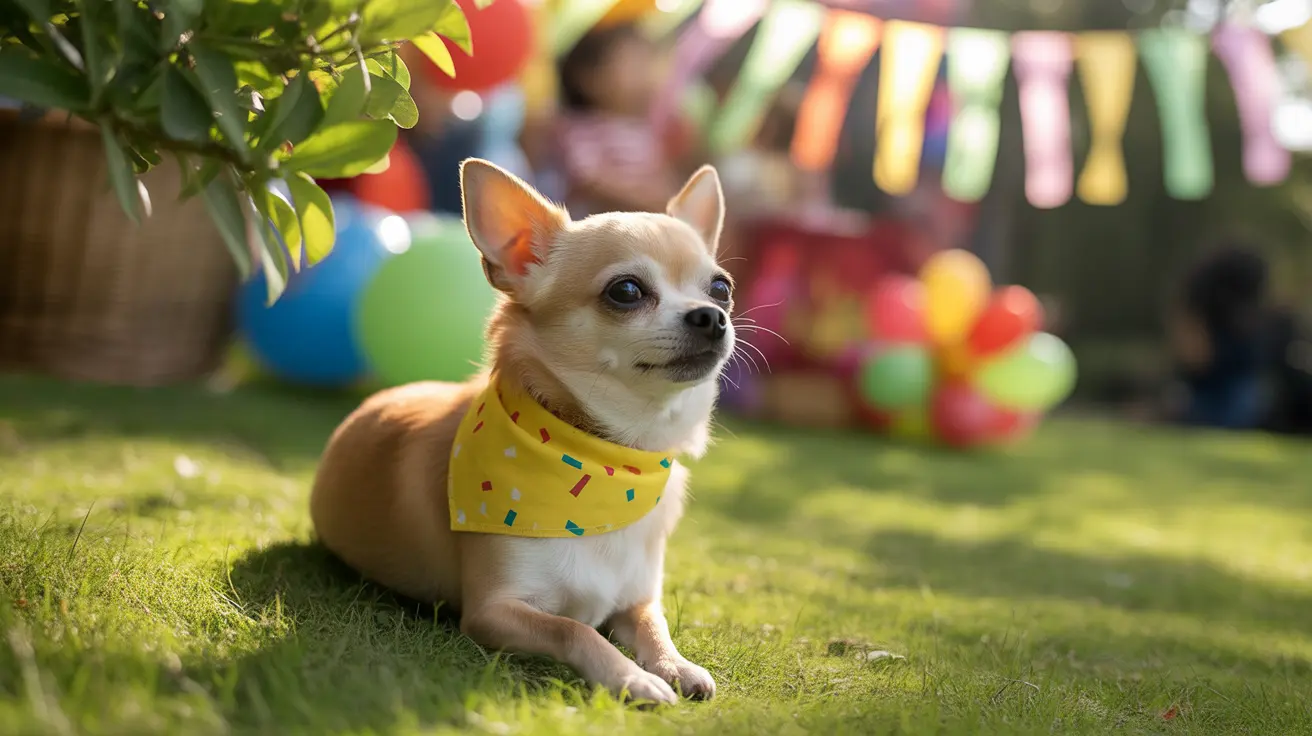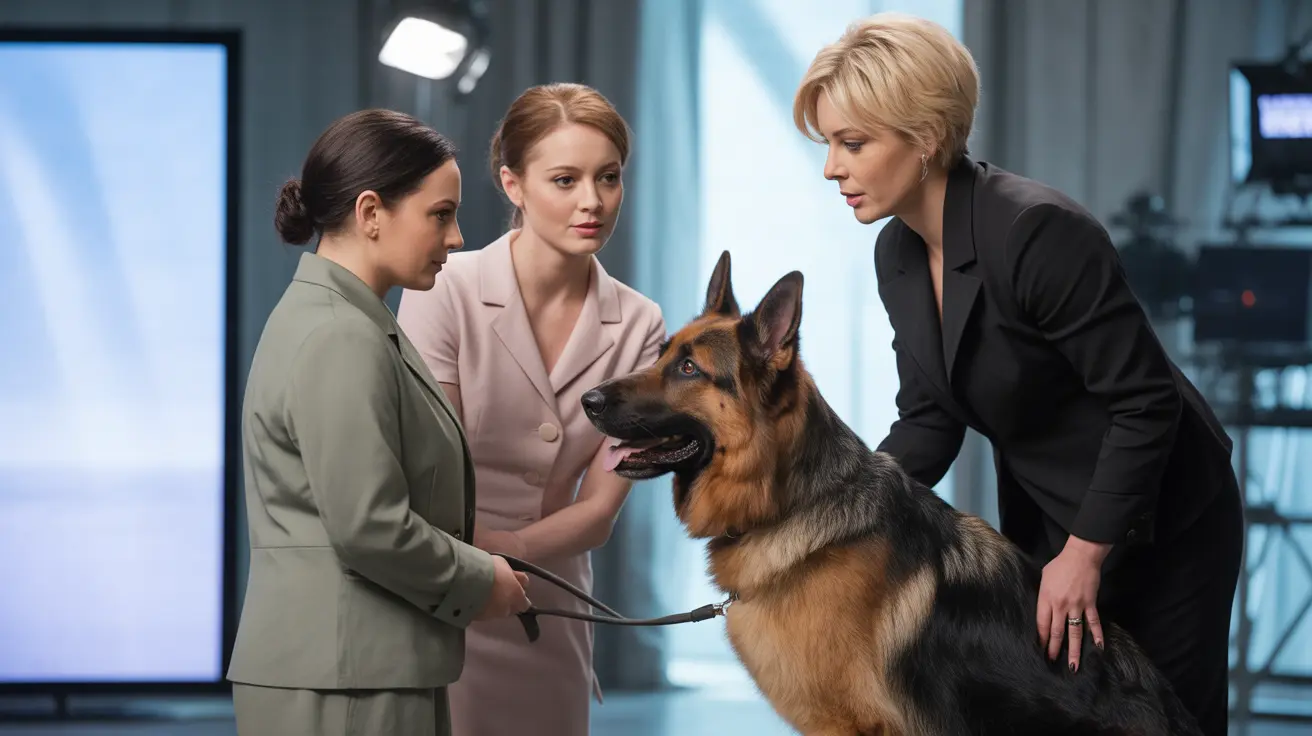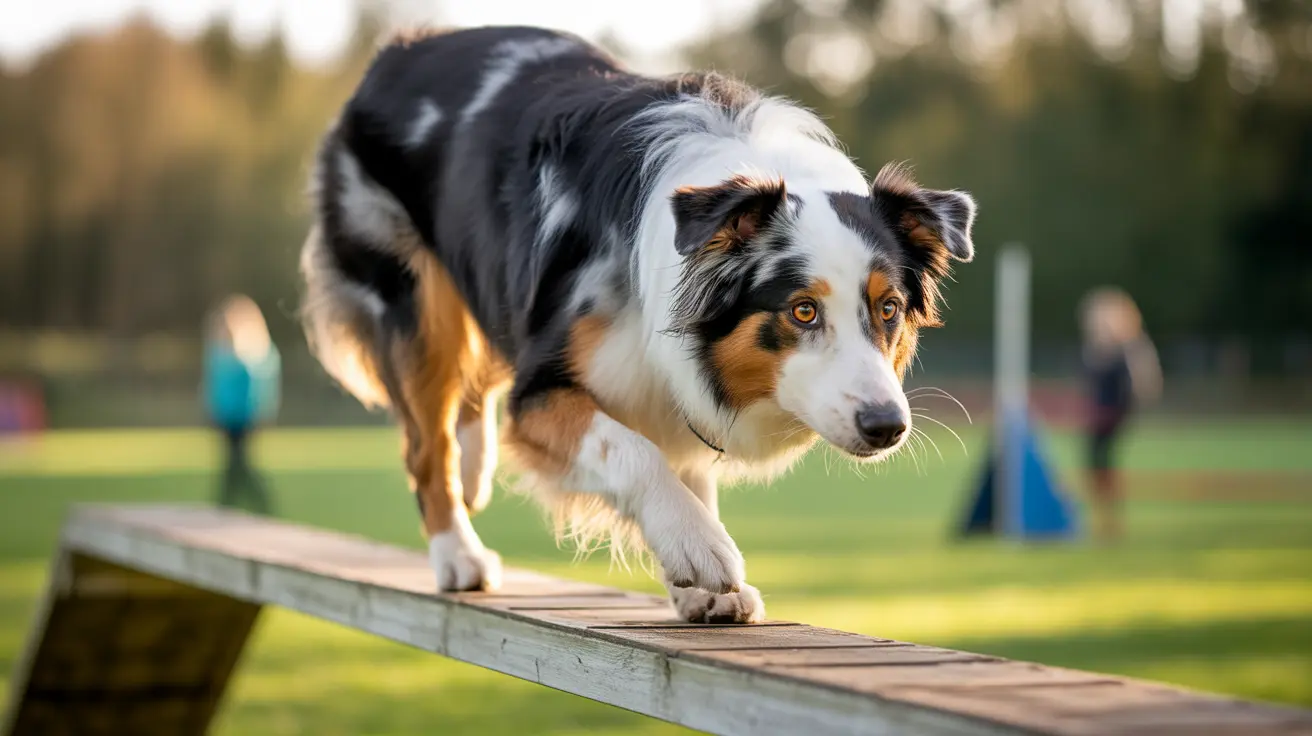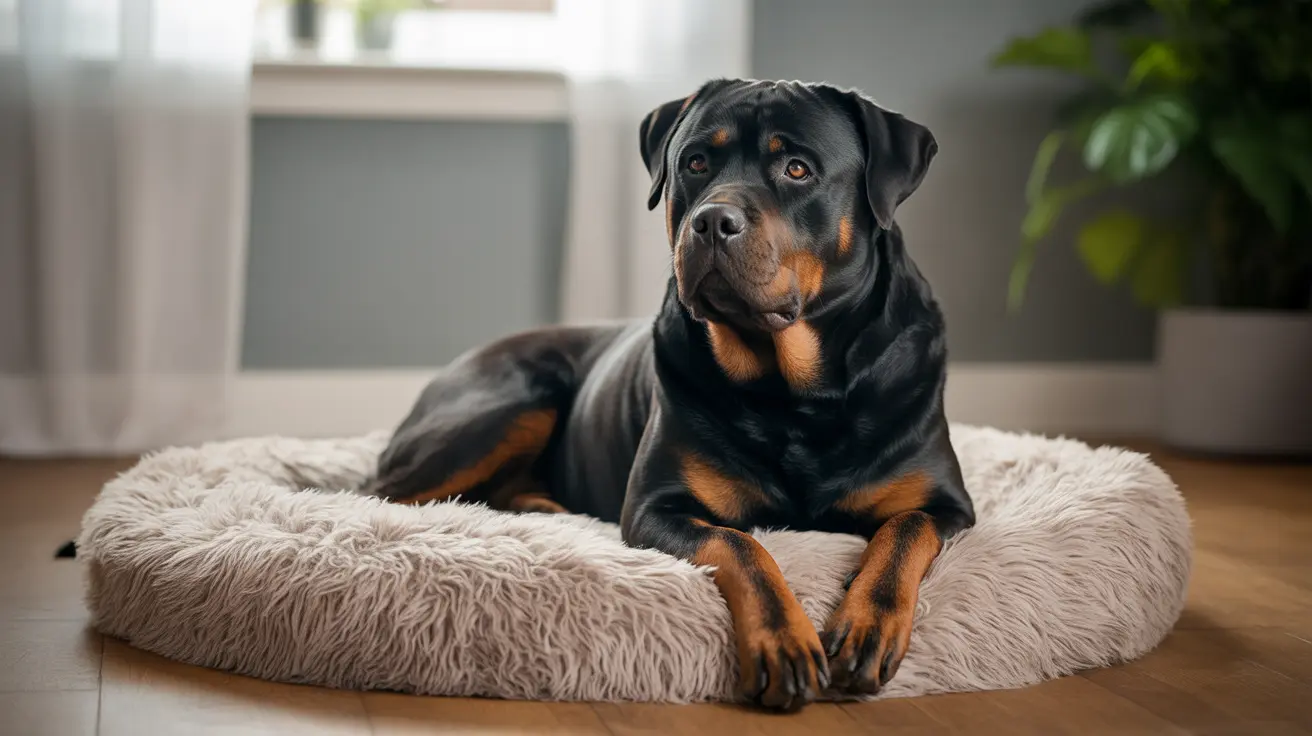The Danger of Carnival Costumes for Dogs: Why Your Pet's Safety Should Come First
As Carnival season approaches with its vibrant parades, festive celebrations, and colorful traditions, many pet owners feel tempted to include their furry companions in the festivities by dressing them up in elaborate costumes. However, what might seem like harmless fun can actually pose significant dangers to your dog's health, safety, and psychological well-being. Understanding the danger of carnival costumes for dogs is crucial for responsible pet ownership and ensuring your beloved companion remains comfortable and secure during these celebratory times.
While the pet costume industry continues to grow and social media feeds fill with adorable images of dressed-up pets, it's essential to recognize that dogs are not humans in disguise. They have unique physiological and psychological needs that can be severely compromised when forced into costumes designed primarily for human entertainment rather than canine comfort. This comprehensive guide will help you understand the risks associated with dressing up your dog for Carnival and provide safer alternatives to celebrate while prioritizing your pet's welfare.
Understanding the Physical Dangers of Carnival Costumes
Choking Hazards and Ingestion Risks
One of the most serious dangers of carnival costumes for dogs involves the numerous small decorative elements commonly found on festive outfits. Sequins, beads, bells, ornaments, fabric strings, bows, and other dangling accessories can easily be chewed off and swallowed by curious pets. These small objects pose significant choking hazards and can cause severe intestinal injuries if ingested. Dogs naturally explore their environment through chewing and mouthing, making any loose or detachable costume elements potentially life-threatening.
The risk becomes even more pronounced with carnival costumes, which are typically more elaborate and decorative than standard pet clothing. Features like pom-poms, glitter, buttons, gemstones, and layered accessories create multiple opportunities for accidental ingestion. Once swallowed, these items can cause intestinal blockages requiring emergency veterinary intervention or surgery.
Restricted Movement and Breathing Issues
Carnival costumes often prioritize visual impact over functionality, leading to designs that can severely restrict your dog's natural movement patterns. Costumes that are too tight around the neck, paws, legs, or torso can cause injury and panic in dogs. Additionally, masks, hoods, or elaborate headpieces can obstruct your pet's vision, hearing, or breathing – all critical senses dogs rely on for navigation and safety.
A properly fitted costume should never restrict your dog's ability to walk, bark, see, or hear clearly. When these fundamental capabilities are compromised, dogs can experience anxiety, disorientation, and increased accident risk. Heavy or non-breathable materials commonly used in carnival costumes can also cause dangerous overheating, particularly problematic for dogs who regulate body temperature primarily through panting.
The Psychological Impact of Costumes on Dogs
Stress and Anxiety Manifestation
Dogs communicate extensively through body language, using their ears, tail, and overall posture to express emotions and intentions to other animals and humans. When costumes cover or restrict these critical communication tools, dogs can experience significant stress and anxiety. The psychological effects of costumes on dogs often manifest through various behavioral changes that pet owners should recognize.
Signs of costume-related stress include freezing in place when the outfit is put on, excessive panting, drooling, trembling, attempting to remove the costume, hiding, or displaying aggressive behavior. Some dogs may become withdrawn or exhibit destructive behaviors as coping mechanisms. These stress responses indicate that the costume is causing genuine distress rather than harmless inconvenience.
Communication Interference
Dogs rely heavily on visual cues from other dogs' body language to navigate social situations safely. When costumes mask these natural communication signals, it can lead to misunderstandings between pets and potentially dangerous encounters. This interference becomes particularly problematic in social settings like Carnival celebrations where multiple animals might be present.
The inability to properly communicate or interpret social cues can increase anxiety levels and create unpredictable behavioral responses in normally well-socialized dogs. This disruption of natural communication patterns represents a fundamental welfare concern that extends beyond simple physical discomfort.
Material Safety and Allergic Reactions
Toxic Materials and Chemical Concerns
Many carnival costumes are manufactured with materials not intended for prolonged animal contact. Synthetic fabrics, dyes, paints, and chemical treatments used in costume production can cause allergic reactions in sensitive dogs. The danger of carnival costumes for dogs extends to the potential for skin irritation, rashes, and more severe allergic responses depending on individual sensitivities.
Pet owners should avoid costumes painted with cosmetics or paints that could be harmful if ingested through grooming behaviors. Dogs naturally lick and groom themselves, making any surface treatments on costumes potential sources of toxicity. Non-toxic materials should always be prioritized when any form of pet clothing is considered necessary.
Fabric and Fit Considerations
The choice of fabric plays a crucial role in pet costume safety. Heavy, non-breathable materials can trap heat and moisture against your dog's skin, creating conditions conducive to bacterial growth or skin problems. Lightweight, soft fabrics like cotton or fleece are preferable if clothing is deemed necessary, but even these materials can cause problems if the costume doesn't fit properly.
Costumes that are too loose can cause tripping hazards, while overly tight outfits restrict breathing, circulation, and natural movement. The complexity of achieving proper fit while maintaining safety standards makes most carnival costumes unsuitable for dogs regardless of material quality.
Safe Alternatives to Carnival Costumes
Functional Clothing vs. Decorative Costumes
While decorative carnival costumes pose numerous risks, there's an important distinction between costumes and functional pet clothing. Weather-protective coats designed specifically for dogs serve genuine purposes, particularly for small breeds or those lacking adequate undercoats in cold weather. These functional garments are engineered with canine anatomy and behavior in mind, prioritizing comfort and mobility over visual appeal.
The key difference lies in purpose and design philosophy. Functional dog clothing addresses genuine physiological needs while maintaining full range of motion and sensory capabilities. In contrast, carnival costumes prioritize human entertainment often at the expense of canine welfare.
Festival-Friendly Alternatives
Pet owners wanting to include their dogs in Carnival celebrations can choose safer alternatives that don't compromise animal welfare. Simple Halloween-themed bandanas, festive collars, or bow ties provide visual interest without restricting movement or covering critical body parts. These minimal accessories allow dogs to participate in festivities while maintaining comfort and natural behavior patterns.
For small dogs or those comfortable with transportation, decorating a pet stroller with Carnival themes allows participation without forcing costume wear. This approach lets pets observe celebrations safely while avoiding the stress and physical risks associated with elaborate costumes.
Guidelines for Safe Pet Clothing Introduction
Gradual Acclimation Process
If pet owners decide to introduce any form of clothing to their dogs, the process should be gradual and positive. Allow your pet to sniff and investigate the item until they're comfortable with its presence. Offer treats while your pet wears the clothing for short periods, creating positive associations with the experience.
Never force a costume onto a reluctant dog. If your pet freezes when clothing is applied, coax them gently with treats or toys to encourage movement. However, persistent resistance should be respected, and the clothing should be removed immediately. The goal is to ensure your pet feels comfortable and stress-free throughout any interaction with clothing items.
Supervision and Duration Limits
Constant supervision is essential whenever dogs wear any form of clothing or costume. Never leave your pet unattended while dressed up, as unsupervised pets can become entangled, overheat, or injure themselves attempting to remove restrictive items. Even simple accessories require monitoring to ensure ongoing comfort and safety.
Limit the duration of any costume or clothing wear, especially during initial introduction periods. Short photoshoots or brief appearances are preferable to extended wear periods that can increase stress levels and safety risks. Always prioritize your dog's comfort over human entertainment or social media opportunities.
The Role of Social Media and Responsible Pet Care
Balancing Entertainment and Welfare
Social media platforms have significantly contributed to the popularity of pet costumes, with countless images of dressed-up animals generating likes, shares, and engagement. However, responsible pet care messaging should emphasize animal welfare over viral content potential. The danger of carnival costumes for dogs doesn't diminish because the resulting photos might be entertaining to human audiences.
Pet owners should consider the ethical implications of using animals as props for human amusement. Dogs don't understand or enjoy wearing costumes in the same way humans do – they experience these situations as confusing, restrictive, or stressful rather than fun or festive.
Promoting Responsible Practices
When sharing pet-related content during Carnival season, emphasize alternatives that celebrate pets without compromising their wellbeing. Showcase creative approaches that include dogs in festivities while respecting their nature as animals rather than treating them as human surrogates. This approach helps normalize responsible pet care practices while still allowing for creative celebration.
Legal and Ethical Considerations
Animal Welfare Standards
Many jurisdictions have animal welfare laws that could potentially apply to costume-related practices if they cause distress or harm to pets. While enforcement varies, the underlying principle remains consistent: animals should not be subjected to unnecessary stress or danger for human entertainment purposes.
Ethical pet ownership involves recognizing and respecting the inherent differences between human and canine needs, preferences, and capabilities. Dogs haven't evolved to wear clothing and don't derive pleasure from costume wear in the way humans might enjoy dressing up for celebrations.
Expert Recommendations for Carnival Celebrations
Veterinary and Behavioral Guidance
Veterinarians and animal behaviorists consistently advise against elaborate costume use for dogs, particularly for events like Carnival where costumes tend to be more complex and worn for extended periods. Professional recommendations emphasize the importance of maintaining dogs' natural behavior patterns and communication abilities during social events.
Expert advice focuses on creating positive experiences for pets during celebrations without forcing them into human-centric activities that may cause distress. This approach recognizes dogs as valued family members with their own needs and preferences rather than accessories to human festivities.
Frequently Asked Questions
Are there any safe carnival costumes for dogs?
Most traditional carnival costumes pose safety risks for dogs due to their elaborate nature, decorative elements, and restrictive designs. The safest approach is to avoid costumes entirely and opt for simple alternatives like festive bandanas or decorated collars that don't restrict movement or cover critical body parts.
How can I tell if my dog is stressed by wearing a costume?
Signs of costume-related stress include freezing in place, excessive panting, drooling, trembling, attempting to remove the costume, hiding, withdrawal, or aggressive behavior. If you observe any of these signs, remove the costume immediately and consider stress-free alternatives for future celebrations.
What materials should I avoid in pet costumes?
Avoid costumes with small, detachable parts like sequins, beads, buttons, or bells that pose choking hazards. Stay away from heavy, non-breathable fabrics, toxic dyes, paints, or chemical treatments. Also avoid any materials that could cause allergic reactions or skin irritation in sensitive dogs.
Can I use human costume accessories on my dog?
Human costume accessories are generally not suitable for dogs as they're not designed with canine anatomy, behavior, or safety in mind. Masks, shoes, hats, and elaborate accessories can restrict vision, hearing, movement, or breathing, making them potentially dangerous for pets.
What are the best alternatives to costumes for including dogs in Carnival celebrations?
Safe alternatives include festive bandanas, decorated collars, bow ties, or themed pet strollers. You can also participate by having your dog wear their regular collar with identification tags while focusing on safe, pet-friendly activities that don't require costume wear.
How long is it safe for a dog to wear a costume?
Even with safe, well-fitted items, duration should be minimal – just long enough for brief photos or short appearances. Never leave dogs unattended in any form of costume, and remove items immediately if signs of stress or discomfort appear. Extended wear increases risks of overheating, anxiety, and injury.
Should puppies or senior dogs ever wear costumes?
Puppies and senior dogs require extra caution regarding costume wear. Puppies are more likely to chew on costume elements, creating greater ingestion risks, while senior dogs may have mobility issues or sensory impairments that make costume wear more stressful and dangerous. It's generally best to avoid costumes for both age groups.
Conclusion
While the desire to include beloved pets in Carnival celebrations is understandable, the danger of carnival costumes for dogs far outweighs any perceived benefits. The physical risks of choking hazards, restricted movement, and overheating combine with psychological stressors like communication interference and anxiety to create scenarios that prioritize human entertainment over animal welfare. Responsible pet ownership means recognizing that dogs are not human children in fur coats – they have unique needs and limitations that must be respected.
The best way to celebrate Carnival with your dog is to focus on their comfort, safety, and natural behavior patterns while finding creative alternatives that don't compromise their wellbeing. Simple accessories, pet-friendly activities, and stress-free environments allow dogs to be part of the celebration without subjecting them to the numerous dangers associated with elaborate costumes. By choosing safety over social media appeal and respecting our pets' nature as animals rather than treating them as props, we can ensure that Carnival season remains enjoyable for every member of the family – including our four-legged companions.






